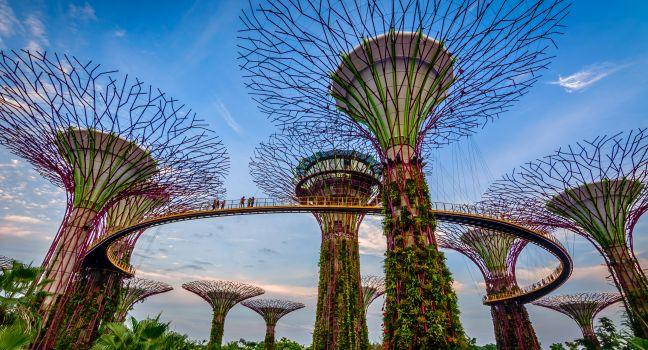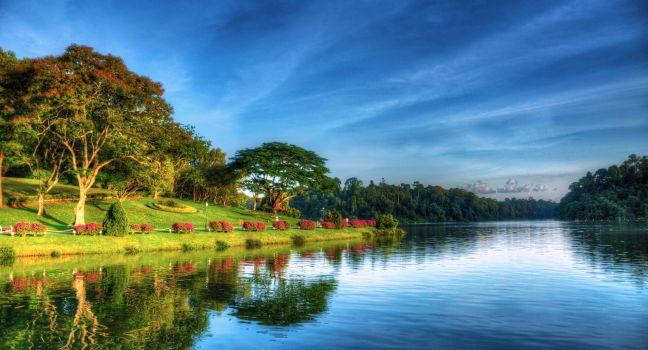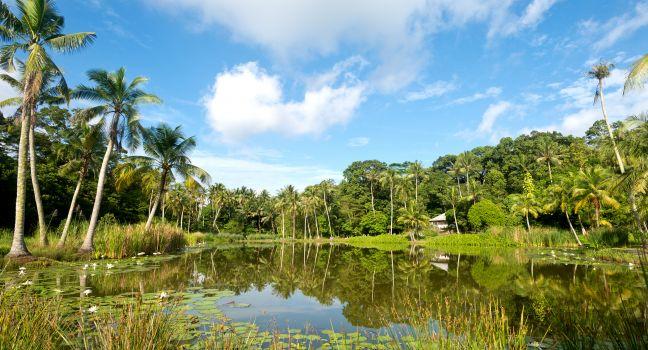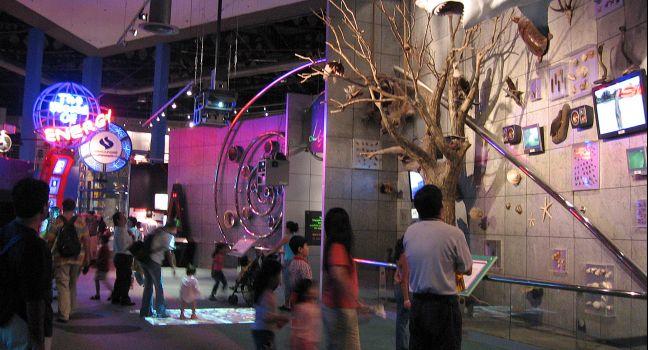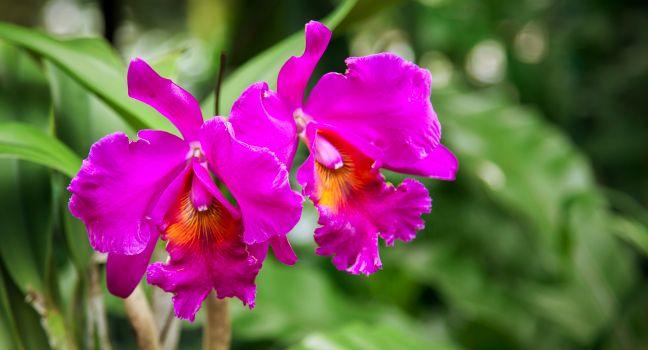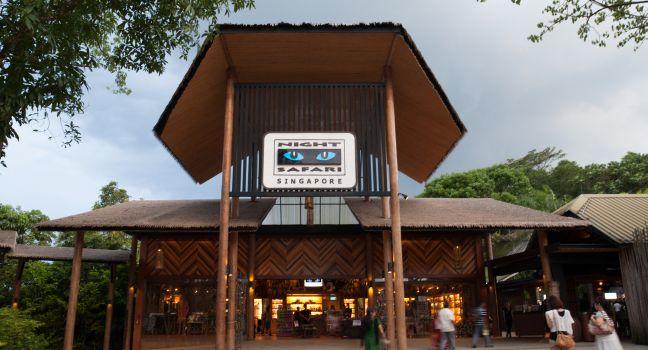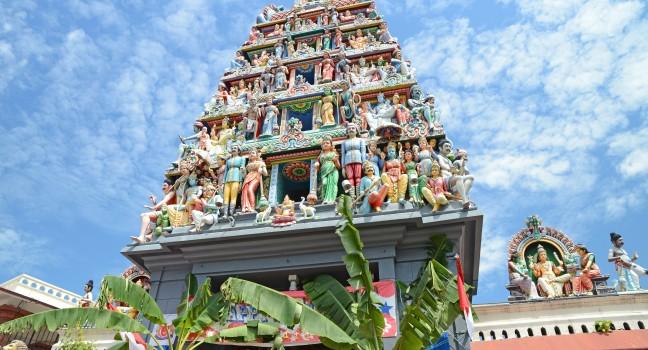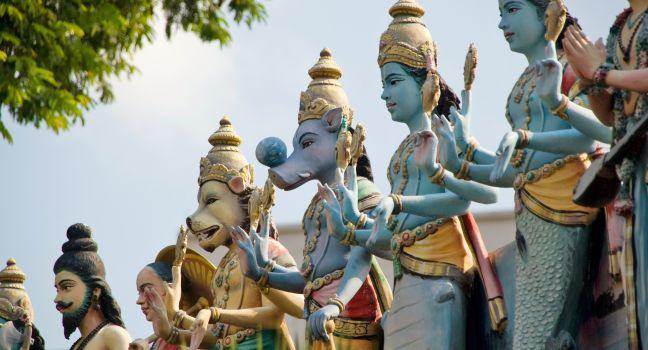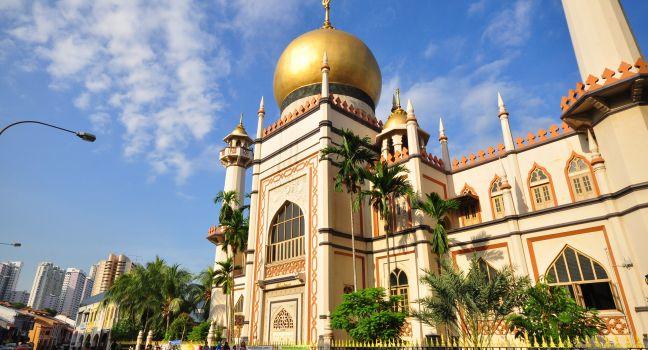Asian Civilisations Museum
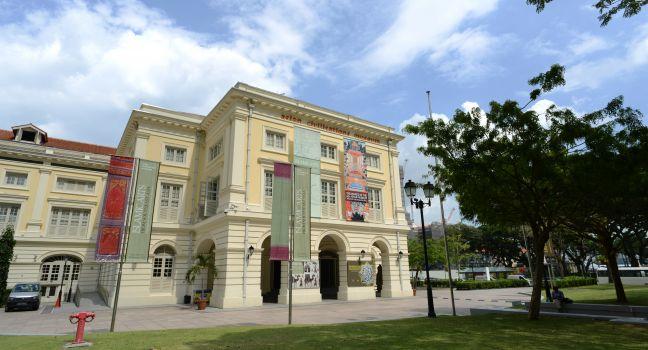
Constructed in the 1860s as a courthouse, the huge, white, Neoclassical Empress Place building is now home to the nation's first museum to look comprehensively at the all Asian regions, each of which has its own timeline and permanent displays. Spread over three levels, the 11 galleries have state-of-the-art interactive features, and there's also an educational center for kids.


